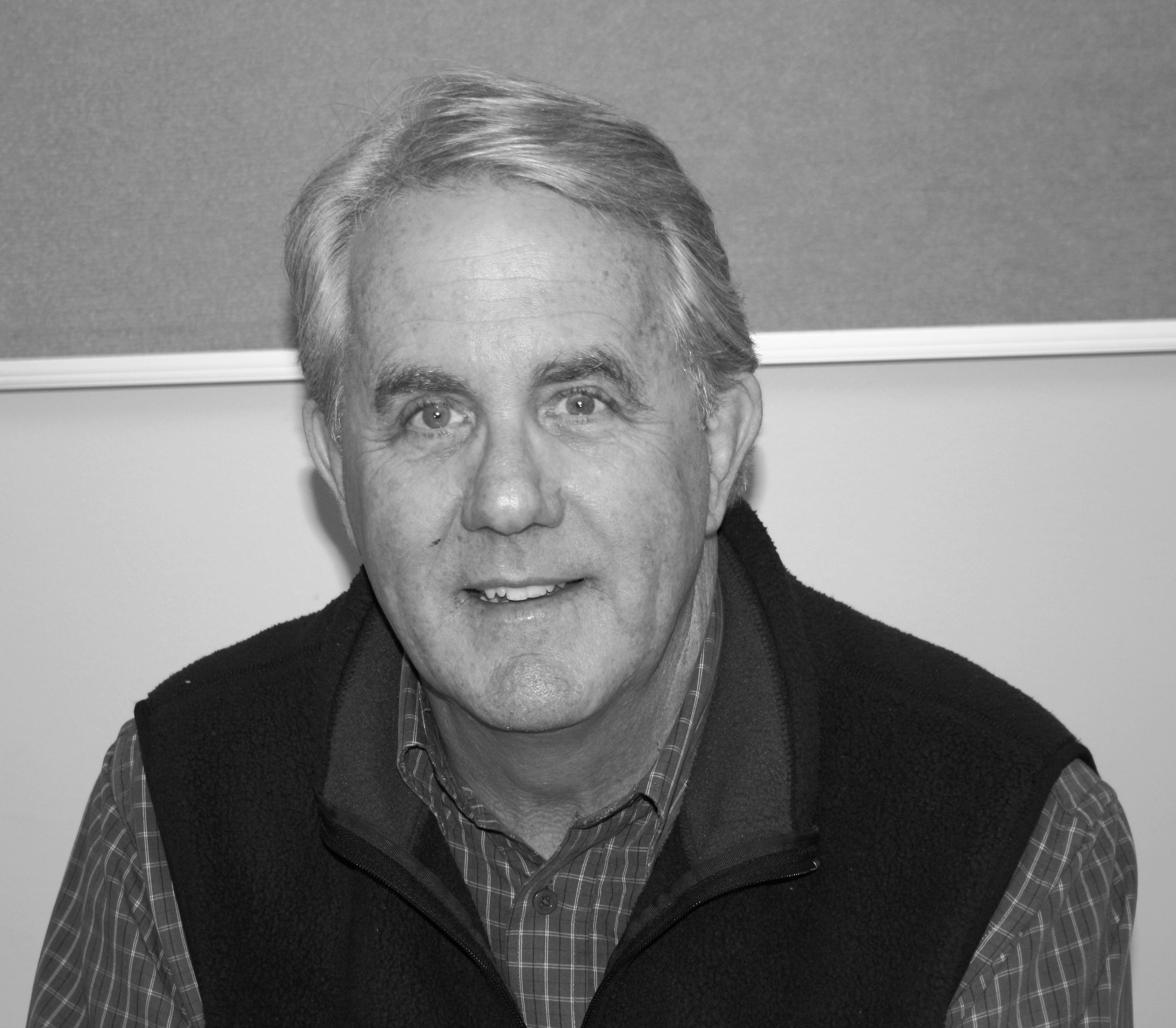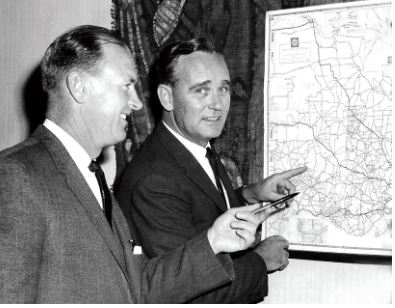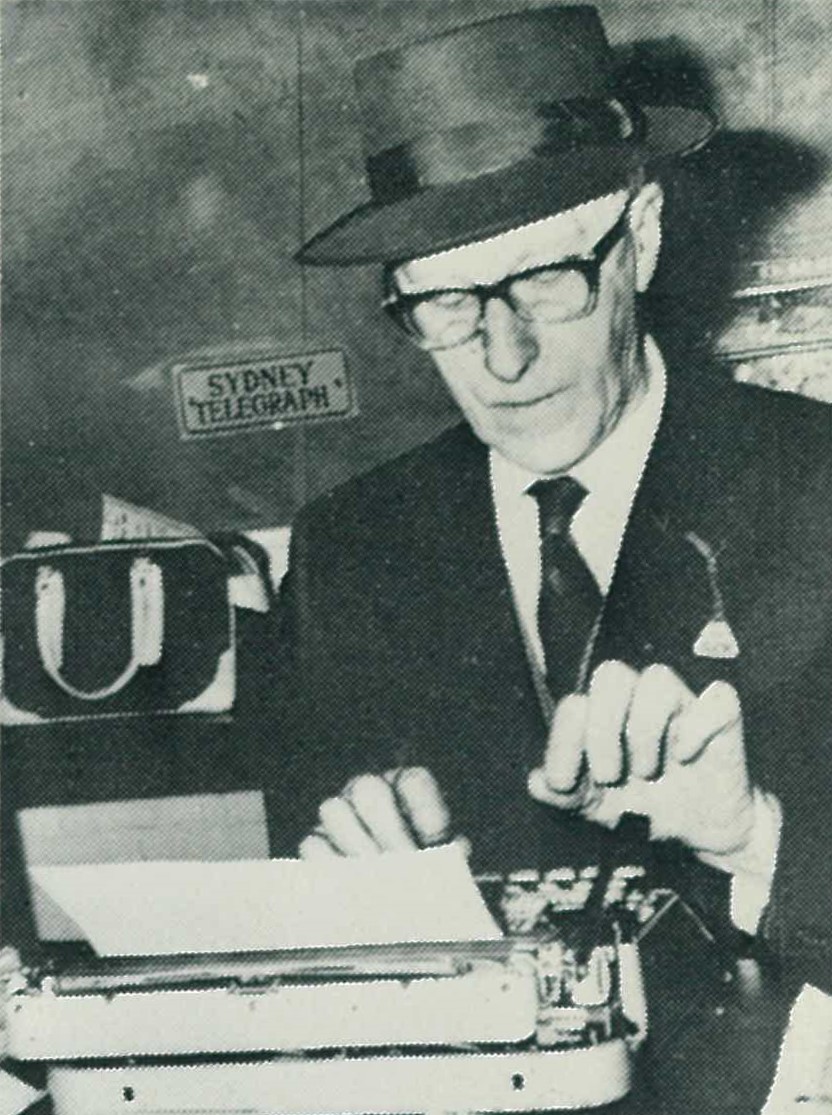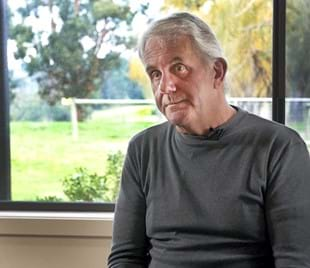The Morgan Family and Fred Noble
Meet the three men preserving Melbourne Royal history
Tim Morgan, Bob Morgan and the late Fred Noble have been passionate about preserving the Melbourne Royal Show story and the rich heritage of the Royal Agricultural Society of Victoria.
Tim Morgan
Tim began a career in television, but a brief stint helping his father at the 1970 Royal Melbourne Show changed his path.
He promptly left television and applied for a job with the Royal Agricultural Society of Victoria, setting in motion what would become a more than 30 year journey.
After starting in the breed society section of the organisation, Tim went on to focus on rural youth, before joining the media management and public relations division. He travelled the globe in 1986, visiting Canada, the U.S, and Fiji to get an understanding of the fair and exhibition industries in other parts of the world.
Tim was also part of the redevelopment process in 1995 – a plan called Vision 2000 – which underpinned the society’s goal to secure the future of the Showgrounds and the Melbourne Royal Show for generations to come.
Tim is a current member of the Heritage Committee and an Honorary Life Member of the Royal Agricultural Society of Victoria.

Tim Morgan has a more than 30 year career with the RASV to his name. Image source: Tim Morgan.

Bob Morgan worked in PR for The Royal Agricultural Society of Victoria for more than a decade and is the co-author and author of both editions of Speed the Plough.
Bob Morgan
When Bob clocked up his final day on the job, a public relations role for the Royal Agricultural Society of Victoria, he summed up the last decade with the famous line, “there’s no business like show business.”
While Bob admits he was “scared stiff” at his first media briefing at the 1964 Royal Melbourne Show, the room full of reporters were none the wiser. Rather, his charismatic, warm approach earned him the moniker of ‘Mr Show’, and Bob went on to sell the fun and joy of the show to families across Victoria for many years.
Bob’s interest in the society and the Show never waned, even after retirement. He co-authored the first volume of Speed the Plough and wrote the second solo, the official history of the Show and the society.
Bob also wrote The Showies: Revelations of Australia’s Outdoor Side-Showmen, the true life account of seven showmen that saw him travel across Australia documenting their extraordinary stories.
So while there was no “long period of serenity for the Royal Agricultural Society of Victoria 20 years ago” as Bob jokingly comments in Speed the Plough Vol. 2, the society is eternally grateful for it.
Fred Noble
Fred didn’t live to see the finished history of the Royal Agricultural Society of Victoria and the Melbourne Royal Show captured in Speed the Plough: Vol. 1, a publication he co-authored, but it’s a fitting tribute for a man who had an enduring history with the Show.
Fred was an esteemed journalist for The Age and covered every Show from 1923 to 1961. Even after retirement he continued writing the cover story for the Show supplement.
An all-rounder who reported on almost every type of news in his 50 year career with The Age, when he died on 14 November 1978, the paper declared Fred was "regarded as the epitome of accuracy and a fount of knowledge on many subjects, but especially cricket, the Royal Melbourne Show and Gilbert and Sullivan".
Fred’s passion for the Show and the characters who shaped it lives on today in Speed the Plough: Vol. 1.
“I am convinced that the happiest days of Freddie’s life were spent at the Show, and the history of the Society, when it is published, will be the best possible memorial he could have,” Fred’s wife Nancy said.

Image source: Speed the Plough Volume 1.
Hear a snippet from Tim Morgan's Oral History interview below


